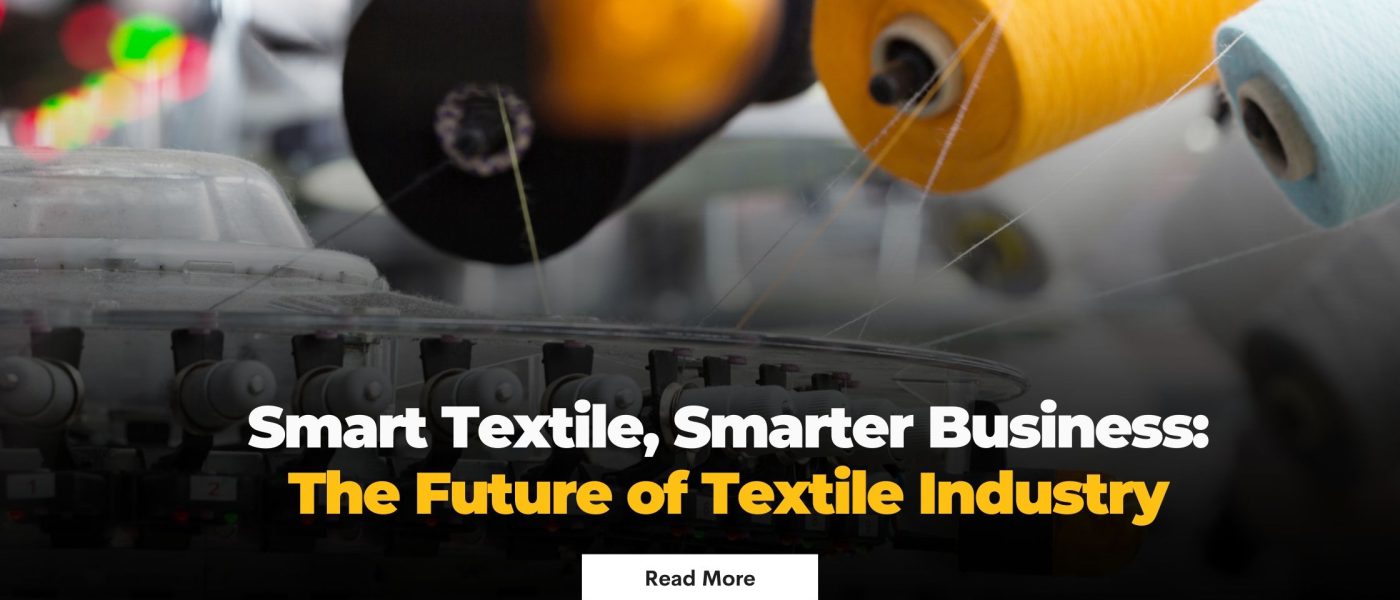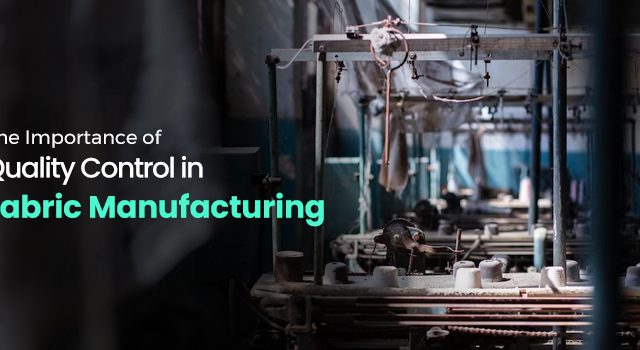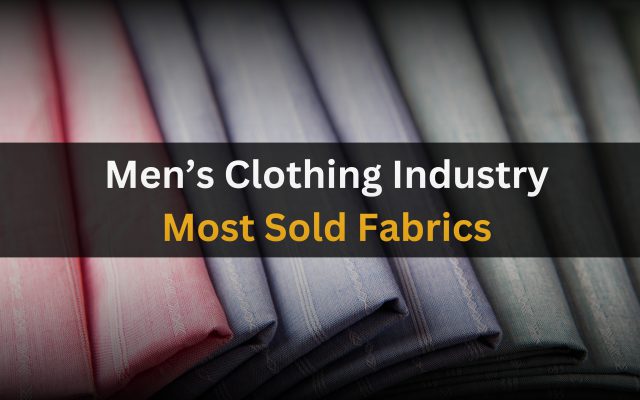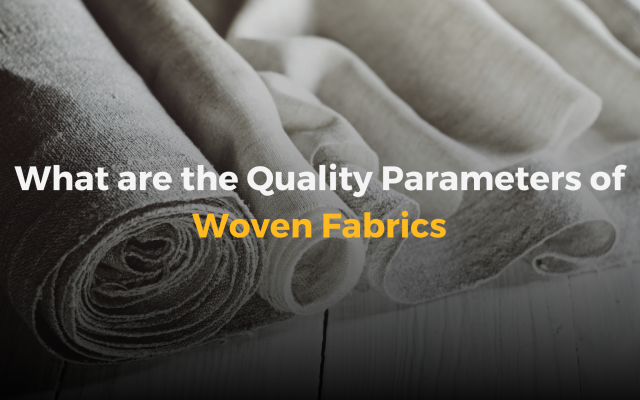We see textile fabric all around us, in our clothes, furniture, cars, and even the shelters that keep us safe from rain and sun. So, you can say the textile industry is a big deal in our world. Nowadays, there are many ways to finish fabrics for different purposes, like making them resistant to microbes, fire, chemicals, and more.
With TEXchange’s amazing tools and process automation, you can buy fabric online from India or any part of the world 3 times quicker than the conventional process, track your orders at the click of your fingers, and even bid on the best buyers and sellers to get the best value for your products. This is the present day of the textile industry – automation powered by AI and ML.
But have you wondered about the future of the textile industry?
What if we tell you that the fabric you wear could provide health information, monitor your heart rate, and even alert medical professionals if you feel sickly? Perhaps a construction cap that can alert a worker of an elevated gas level based on his perspiration?
Welcome to the World of Smart Textile
Smart textile, a highly potential fabric segment, will change the role of wholesale fabric online sales and everyday use. And soon, fabric suppliers and buyers will crowd the TEXchange platform with their offers and bids.
Smart textiles are essentially a new technology with functional fabrics and AI-powered e-textiles. They offer additional benefits to the users beyond the typical purposes.
So, what do they do?
Fabrics are man-made, naturally produced, and created through various techniques. Each fabric finish and blend serve a different purpose, some for a specific function or environment and others purely for vogue. For instance, wool is perfect for cold climates as it is heavy. However, wearing wool in hotter temperatures can create problems.
Changing clothes based on the climate or situation can be forever eliminated by smart fabric. These fabrics can easily adapt to the environment, stimuli, or design structure and develop new capabilities. This could result in a sustainable textile industry and less bio-waste.
How Smart Can Textile Be?
With the integration of sensor arrays and plastic optical fiber (POF), you can make the textile smart and responsive.
At the center of the smart textile manufacturing process is the advanced technology and textile formation methods. Smart fabrics can be created by fusing fibers and technology, including conductive yarns, polymers, fiber optics, shared memory polymers, and condensed phase change materials.
They may also be created using thermochromic dyes, chemical treatments, sensors, etc.
The fabrics’ materials are activated by external stimuli like moisture, water, light, pressure, or temperature, creating a desired response based on the functions.
Where Can You Use Smart Textile Fabrics
Smart textile fabrics can be used for various purposes and are beneficial for a large number of industries, including but not limited to the following:
- Garment and apparel
- Footwear and home decor
- Medicine and health care
- Entertainment
- Sports and Fitness
- Military and defense
- Safety and Security
- Transportation and logistics
- Architecture and construction
- Aviation and manufacturing
However, DMI organizes smart textiles into two main categories, each with multiple subdivisions. Both categories serve their own purposes and work to solve issues relating to fashion and industrial garments.
Smart Fabrics for Aesthetics: From changing colors to lighting up, smart textiles have been exclusively used in the fashion industry. Fashion designers and interior decorators heavily invest in technology to create interactive fashion products, home and office decor, and other design elements.
Smart Textiles for Performance Enhancement: Performance-enhancing smart textiles focus on function and usability, and design, such as regulating body temperature, protecting skin against radiation or chemical exposure, or reducing the effects of certain activities like space travel.
Advantages of Smart Fabrics
As technology advances, there will be a growing demand for smarter textile products, particularly with the rapid development of the healthcare and manufacturing industries.
Smart fabrics can benefit customers in different ways – from better durability and easy customizations to interchangeable designs and styles to longer shelf life. This can help us create an eco-friendly textile industry that reduces textile waste in landfills.
Soon Custom Smart Textiles (Including Yarn) will be at TEXchange – World’s Fastest and Automated Textile Trading Platform.
At TEXchange, we believe in creating a smarter way to buy and sell wholesale fabric online. We deliver bold solutions for everyday trading problems for textile businesses. Our business works through a motto “Don’t go to the market. Let the market come to you”.
As of now, we deal in greige cotton fabric online, but soon buyers and sellers will be trading smartly designed textile fabrics worldwide.
Register with us to take the first step towards the future of textiles.




